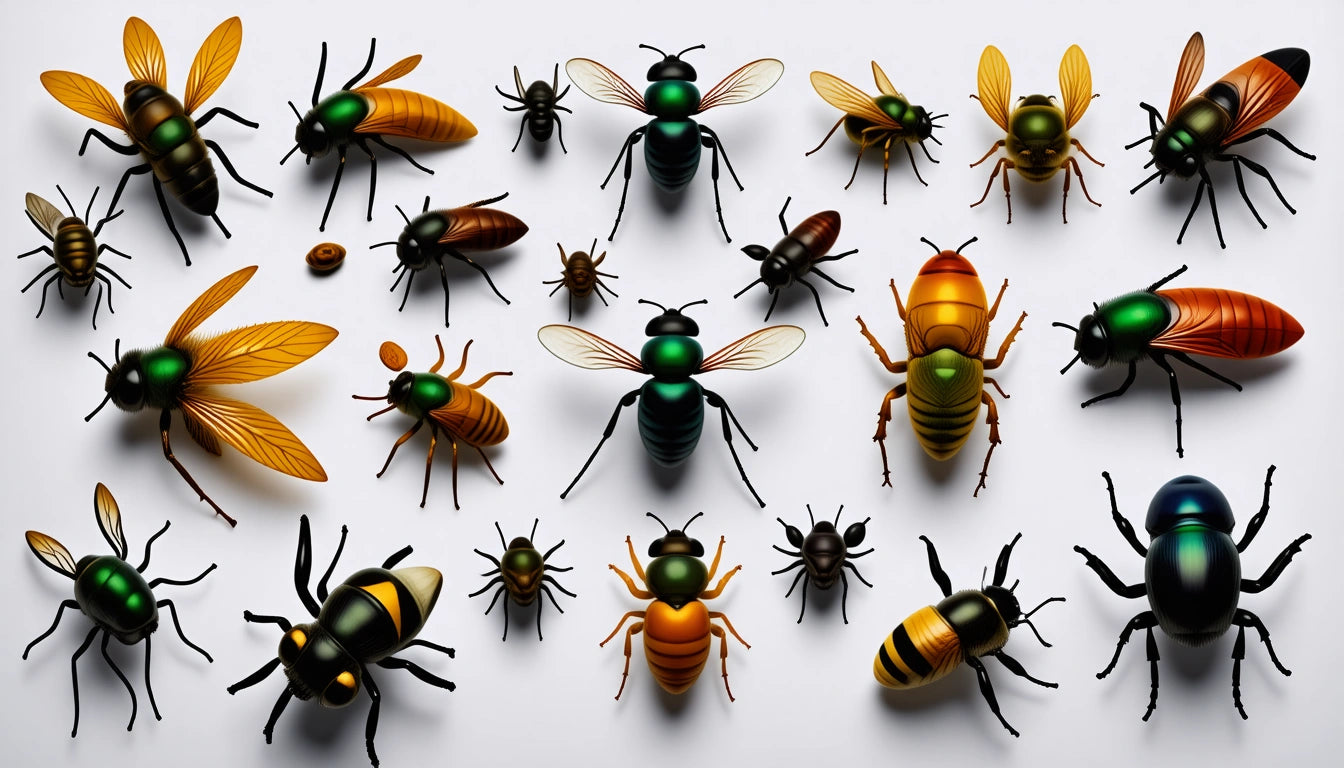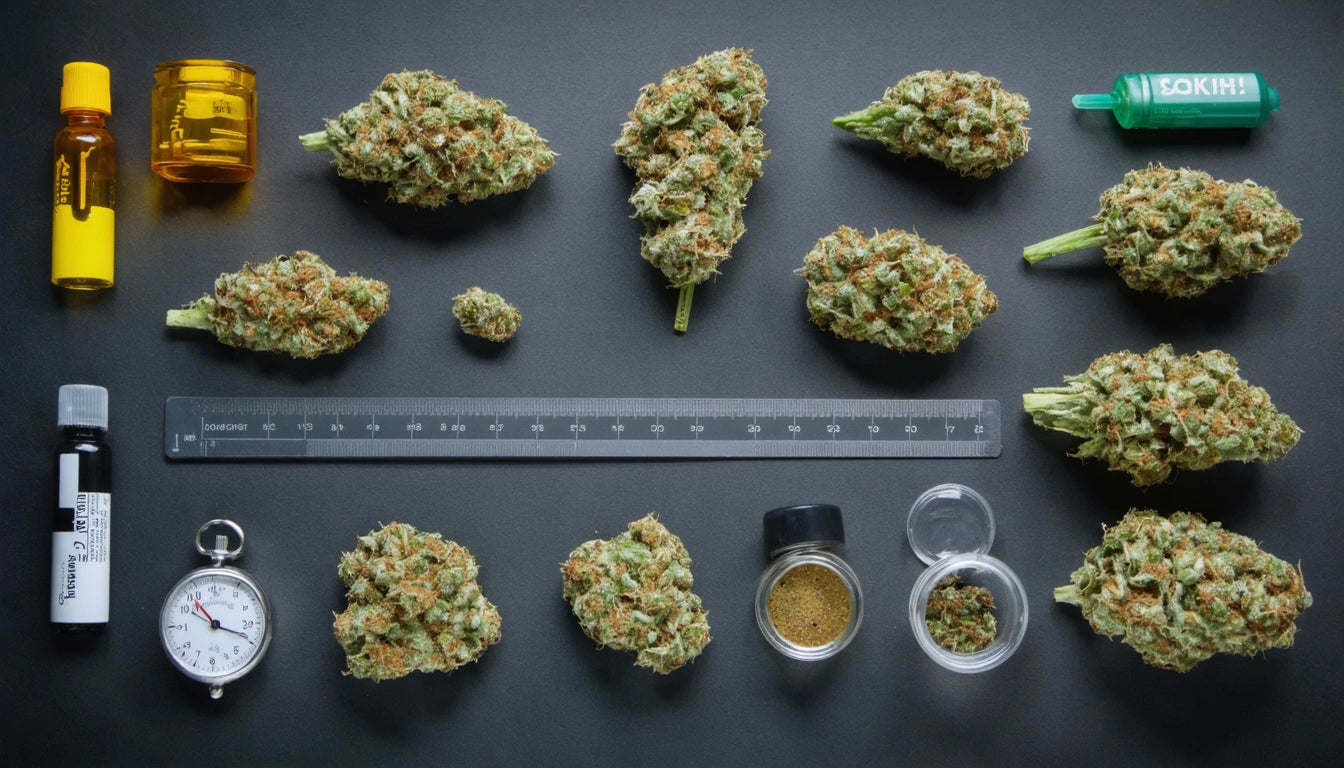- Insect Attraction to Cannabis: Understanding Fly Behavior
- Smoke Effects on Flies: Cannabis vs. Other Types
- Terpenes and Insect Behavior: The Science Behind Attraction
- Preventing Fly Attraction: Proper Cannabis Storage
- Cannabis as Pest Management: Repellent Properties
- Practical Storage Solutions for Cannabis Preservation
Do Flies Find Weed and Smoke Attractive?
The relationship between flies and cannabis is complex, involving multiple factors from terpene profiles to smoke particles. Understanding whether flies are attracted to weed smoke or the plant itself requires examining insect behavior, chemical attractions, and environmental factors that influence these interactions.
Insect Attraction to Cannabis: Understanding Fly Behavior
Flies, like many insects, are primarily attracted to food sources, decomposing matter, and certain chemical compounds. When considering if flies like weed, we need to examine their sensory mechanisms. Flies detect odors through specialized receptors that can identify certain terpenes and compounds present in cannabis.
Research indicates that certain insects may be attracted to cannabis plants while others are repelled. House flies specifically are not typically drawn to cannabis for feeding or breeding but may investigate the plant due to moisture content or secondary attractions like fertilizers.
Common Fly Behavior Around Cannabis
- Flies may land on cannabis plants to rest rather than feed
- Moisture in growing medium can attract certain fly species
- Decomposing plant matter may draw fruit flies or fungus gnats
- Terpene profiles can either attract or repel different insect species
Smoke Effects on Flies: Cannabis vs. Other Types
The question of whether flies like smoke or if smoke attracts flies applies to various smoke types. Generally, most insects including flies tend to avoid smoke as it contains particulates and compounds that can be harmful to their respiratory systems.
When examining if flies like weed smoke specifically, the evidence suggests that flies typically avoid cannabis smoke just as they avoid cigarette or wood smoke. The carbon particles and heat create an environment that most flies instinctively avoid for survival.
Terpenes and Insect Behavior: The Science Behind Attraction
Cannabis contains over 100 terpenes that create its distinctive aroma. These compounds evolved partially as insect deterrents, though some may attract specific species. The question of whether flies like the smell of weed depends on the specific terpene profile of the strain.
Cannabis scent profiles vary dramatically from skunky and pungent to sweet and fruity. Strains with limonene or pinene might repel certain fly species, while those with sweeter profiles might be more attractive to fruit flies.
Research into how bees interact with cannabis plants has shown that some beneficial insects are attracted to cannabis pollen, suggesting that insect interactions with cannabis are species-specific rather than universal.
Preventing Fly Attraction: Proper Cannabis Storage
To prevent issues with flies or other insects being attracted to cannabis, proper storage is essential. Cannabis should be kept in airtight containers that prevent odor escape and insect entry. This approach addresses concerns about whether weed attracts flies by eliminating the opportunity for attraction.
Modern cannabis packaging has evolved significantly to address both pest prevention and child safety. Safety standards for packaging design ensure that cannabis products remain secure from both curious children and potential pests, maintaining product integrity while preventing unwanted exposure.
Recommended Storage Practices
- Use airtight glass containers with humidity control
- Store in cool, dark locations away from heat sources
- Consider specialized cannabis storage containers with UV protection
- Regularly inspect stored cannabis for signs of pests or mold
Cannabis as Pest Management: Repellent Properties
Interestingly, while some may worry about flies being attracted to weed, cannabis has historically been used as a companion plant to repel certain pests. The strong aromatic compounds in cannabis, particularly in strains high in caryophyllene, linalool, and pinene, can act as natural insect repellents.
Some cultivators plant cannabis alongside other crops specifically to deter harmful insects. This suggests that for many insect species, cannabis serves as a deterrent rather than an attractant, though this varies by insect species and cannabis strain.
The strong aroma of cannabis can be both a benefit for pest management and a challenge for discreet storage and use. This dual nature highlights the complexity of cannabis's relationship with the insect world.
Practical Storage Solutions for Cannabis Preservation
For consumers concerned about whether flies are attracted to weed, implementing proper storage solutions addresses both insect attraction and preservation of cannabis potency and flavor. The cannabis industry has developed specialized containers that address multiple preservation needs simultaneously.
Glass jars with airtight seals remain the gold standard for home storage, while commercial products often utilize specialized packaging with multiple layers of protection. These solutions not only prevent pest access but also maintain optimal humidity levels and protect against light degradation.
Understanding the relationship between insects and cannabis helps inform better storage and handling practices. While flies generally don't seek out cannabis specifically, proper storage eliminates any potential attraction while preserving product quality for longer periods.
Whether concerned about traveling with cannabis or simply maintaining freshness at home, the principles remain the same: airtight, light-resistant containers kept in cool locations provide the best protection against both quality degradation and potential pest interest.











Leave a comment
All comments are moderated before being published.
This site is protected by hCaptcha and the hCaptcha Privacy Policy and Terms of Service apply.